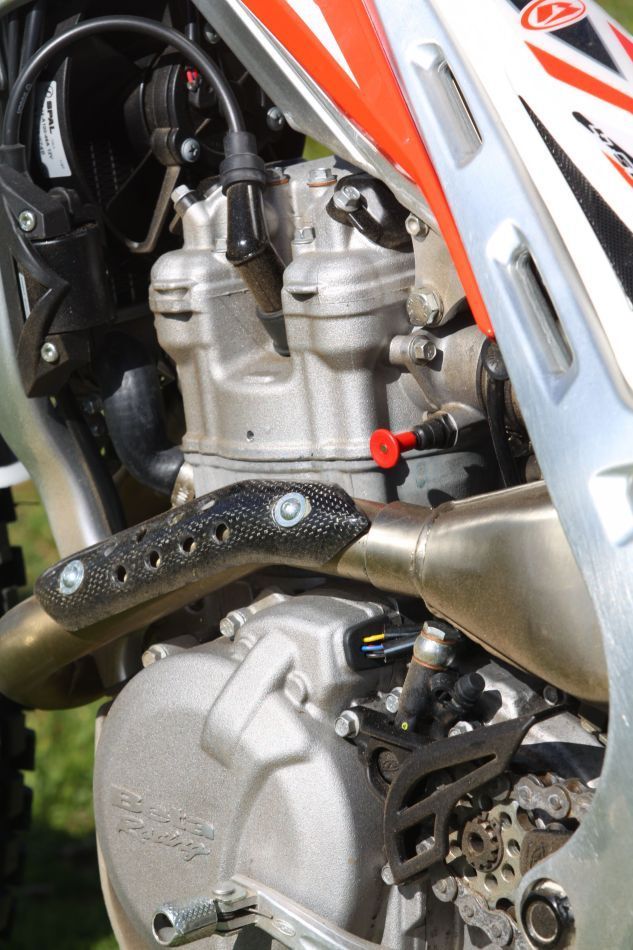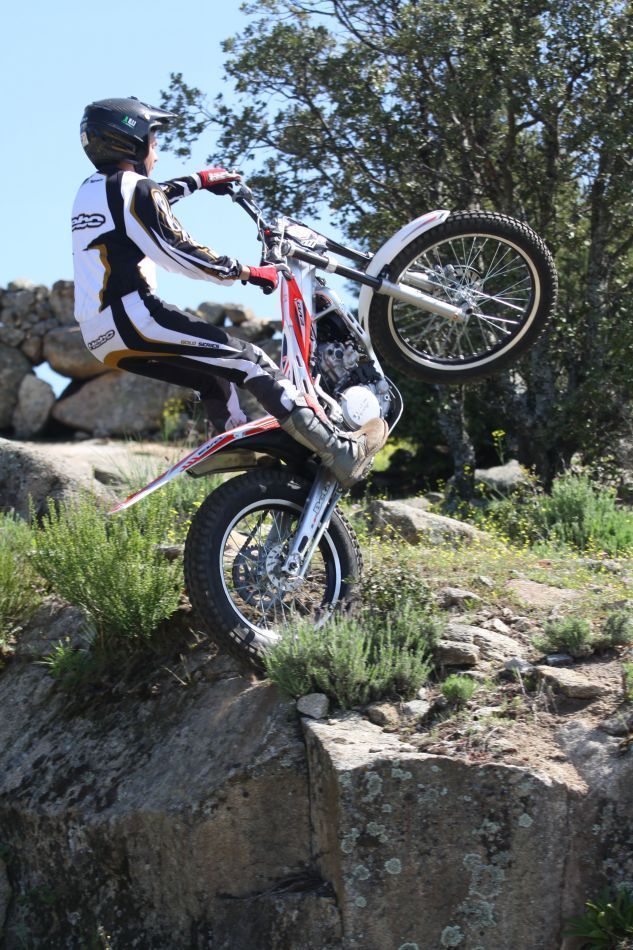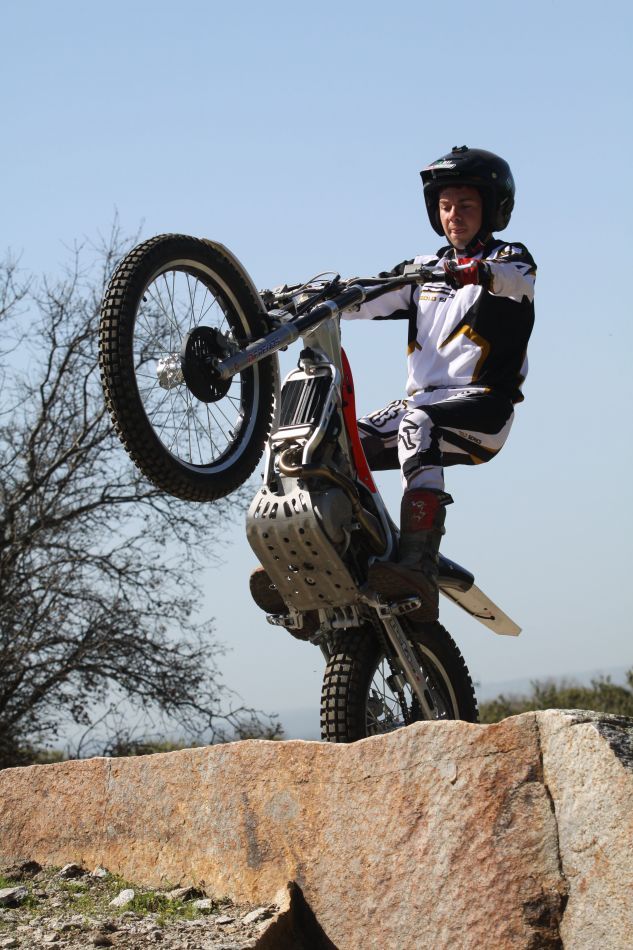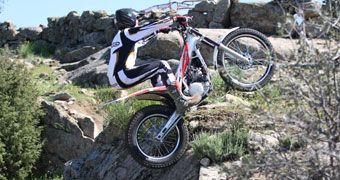Six years ago, when they had been silent for almost two decades, four-stroke engines reared their heads with the sole ambition of dominating the trial market with an iron fist. At that time Sherco had already been working for some time on a valve engine that would take time to see the light of day, while Scorpa expanded its 4T demand with the attractive SY 250F and Montesa finished burying its Cota 315R forever to radically lean towards valves.
Beta was also beginning to bet heavily on these engines; not surprisingly, its trial-excursion offer was only offered in a 4-stroke version and its ambitious foray into Enduro followed the same guidelines. However, valuing its excellent positioning in the Trial market, the commitment to offer two types of engines so different had to be firm and safe. Consequently, it would not be until the 2008 edition, still under the acronym “Rev”, when the manufacture of the first “Rev4T” began, almost in dribs and drabs.
Evolution
The arrival of the “Evo” saga has contributed to optimizing the overall performance of the 4T version, since in addition to benefiting from a more evolved and competitive chassis part, certain details have been polished. Basically, work has been done on the optimisation of the electrical system 
It is important to note that there are two 4-stroke engines on offer: 250 and 300. For the more exquisite Beta also offers different boosting kits for both versions, which basically consists of a CDI, different camshaft and titanium valves. The main contribution of this kit is, basically, a more dazzling increase in revs and greater capacity for overrevs.
Prestigious KTM engineers were involved in the design of this engine, who ruled out any option of adapting mechanics from another specialty. The result has been fully satisfactory: moderately quiet, reliable, versatile configuration and, above all, competitive in terms of lightness with a record of 23 kilos – as a reference, a 2T like the one from Gas Gas is around 20 kilos. The configuration follows the line of a single overhead camshaft – Y-shaped, with the spark plug in an oblique position on the left side – that actuates four valves, something that, on paper, translates into improved engine gas flow and a more homogeneous response. Beta technicians ensure that valve adjustment is very simple; Simply remove the front stays from the frame to be able to work on the cylinder head without major problems.
Docile
There is no doubt about the excellent quality of the components that Beta usually equips in all its products. The EVO 
Without further ado, we go to the zones to evaluate their dynamic performance. As soon as the starter lever is deployed, purists will be disappointed and pilots will be happy: it starts on the right! On this side you will also find the fuel stopcock, which is convenient and very different from what we have seen so far. To complete the start-up operation, we go to the left side, where we quickly identify the control of the choke (black), with the particularity that we will also see a decompressor (red), which makes the whole operation even easier. Honestly, we didn’t need to manipulate the latter, as it starts fantastically both cold and hot, with the only support of the classic choke.
Already underway, we remember the excellent overall homogeneity that inspired us at the time with the EVO 2T. It’s a bike that oozes nobility, with very predictable reactions and a really well-achieved mass distribution; Stationary manoeuvres are easy and the stability of the whole maintains the excellence of the previous sagas. Another issue that has always been of great concern to users who opt for the 4T is high noise pollution. In the case at hand, we can say that the EVO -250cc- remains within acceptable parameters, but when opening the throttle grip hard, the noise logically ends up being quite high.
Low caffeine
In general, the 250 4T mechanics are quite decaffeinated compared to a homonymous 2T, especially if the rider is of a certain level and wants to look for tickles in the most select areas. For this reason, they are closer to the pretensions of the general public, who 
The chassis of the EVO has also pleasantly surprised us. In addition to the generous lightness mentioned above, the set is stable and precise on any type of terrain. Thanks to a superb chassis and top-of-the-line suspensions, the Italian bike is suitable for tackling high-level obstacles, while also being comfortable and soft enough to satisfy the pure enthusiast. The braking system also behaved well and the quality of all the elements that make up the bodywork were remarkable.
Text and photos: David Quer / Acción Chema Quer / Colabora Difrenos
{bonckowall source=”2″ pkey=”album” pvalue=”dqtrialworld” pvalue2=”BetaEVO4Test” }{/bonckowall}









